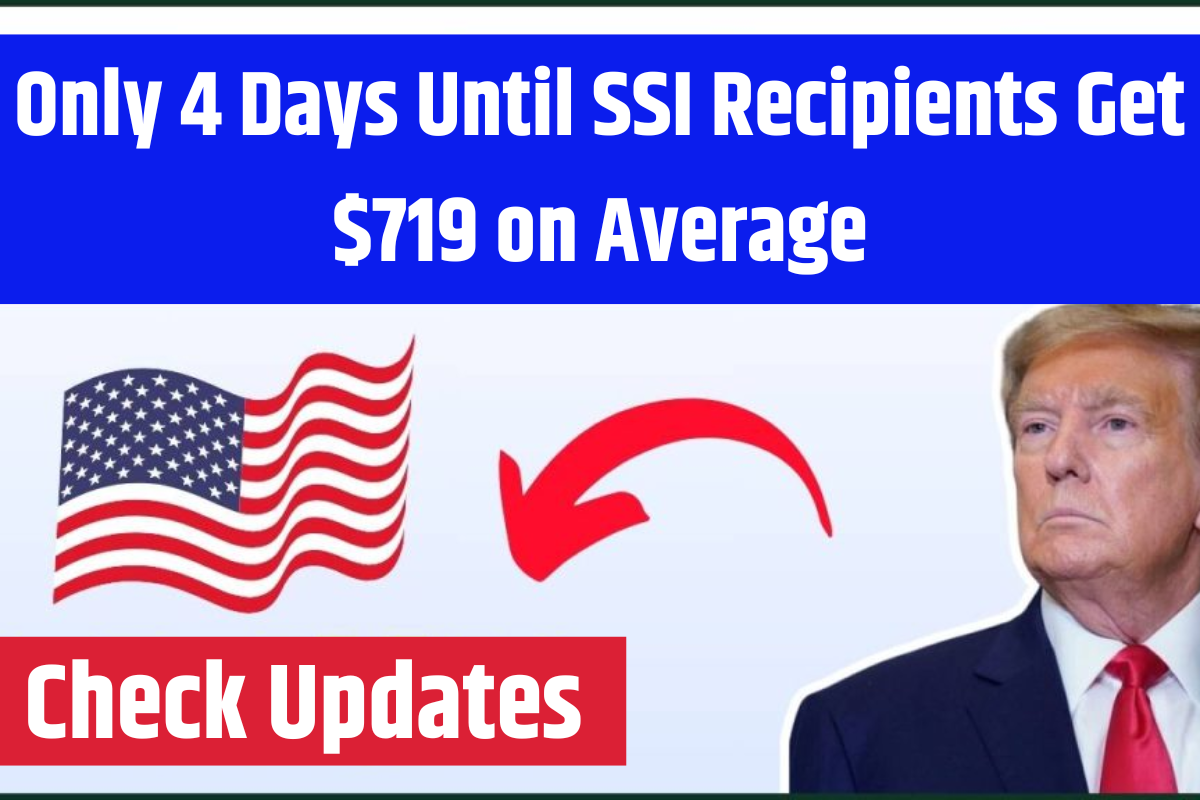Supplemental Security Income (SSI) recipients will receive their March 2025 payment earlier than usual. Instead of arriving on March 1, benefits will be issued on February 28, 2025.
This change follows the Social Security Administration (SSA) policy, which prevents payments from being sent on weekends or federal holidays. Since March 1 falls on a Saturday, the SSI payday has been moved up to the last business day of February.
How Much Will SSI Recipients Receive?
The exact SSI benefit amount varies based on income, living arrangements, and other factors. However, here’s what recipients can expect:
💰 Average SSI payment: $719
💰 Maximum SSI for individuals: $967
💰 Maximum for eligible couples: $1,450
💰 Essential persons (caregivers of SSI recipients): $484
Some recipients may receive less than the maximum if they have other income sources or live in states that supplement SSI with additional payments .
Will There Be an SSI Payment in March?
Since the March 1 payment is moved up to February 28, there will be no separate SSI payment in March. The next scheduled SSI payment will be on April 1, 2025.
🔹 However, an interesting exception occurs in May—SSI beneficiaries will receive a May 1 payment and another payment on May 30. The second payment is actually for June, since June 1 falls on a Sunday.
This pattern repeats throughout the year whenever the 1st of the month is a weekend or holiday .
Who Qualifies for SSI?
SSI is a needs-based benefit designed for:
✔️ Individuals 65 or older
✔️ Blind or disabled individuals (of any age)
✔️ People with limited income and resources
To apply, individuals can visit the Social Security website (www.ssa.gov) or call 1-800-772-1213.
FAQs: SSI Payments & Eligibility
1. Why is the March SSI payment sent early?
- SSI payments can’t be sent on weekends or federal holidays, so if the 1st falls on a Saturday or Sunday, SSA pays recipients on the last business day of the previous month.
2. Will my SSI amount change in 2025?
- The 2.5% Cost-of-Living Adjustment (COLA) for 2025 has already been applied, so payments are slightly higher than in 2024. Any future COLA increases will be announced in October 2025.
3. Can I qualify for SSI if I have some income?
- Yes, but the amount you receive may be reduced depending on your income and living situation. Some sources of income do not count against your SSI eligibility, such as SNAP benefits.
4. What happens if I miss my SSI payment?
- If you haven’t received your payment by the due date, you should:
✅ Wait at least 3 business days before contacting SSA
✅ Check your bank account or Direct Express card
✅ Call 1-800-772-1213 for assistance
5. How do I check my SSI payment status?
- You can track your benefits using:
✅ My Social Security Account (www.ssa.gov)
✅ The Direct Express app (for debit card users)
✅ Calling SSA’s automated system at 1-800-772-1213
Final Thoughts
Since March’s SSI payment will arrive on February 28, recipients should plan accordingly. The next check won’t come until April 1, so budgeting wisely is crucial. Additionally, keep an eye on the May double-payment schedule, as this will provide financial relief ahead of June.
If you or someone you know qualifies for SSI but hasn’t applied yet, it’s worth exploring this essential benefit. The program is designed to help low-income seniors and individuals with disabilities maintain financial stability.
Would you like a breakdown of state-specific SSI payment supplements? Let me know!
